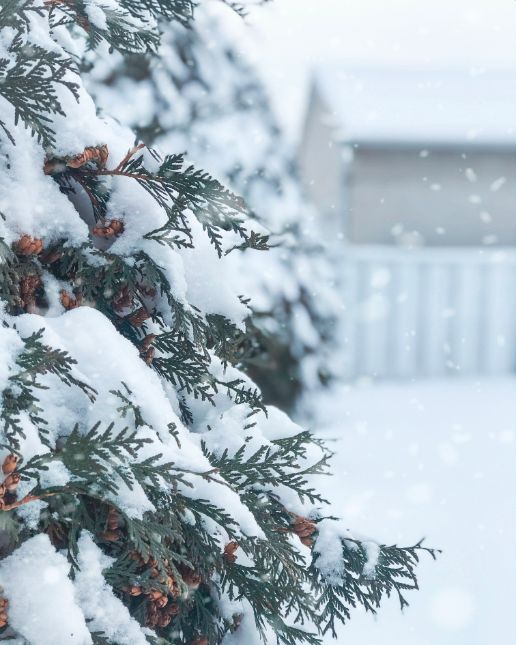You’re not in Kansas anymore!
July 10, 2020
Southwest Florida is a rapidly growing region of our wonderful state, and it is estimated that 6 out of 10 new Florida residents move here from other states. The Cape Coral/Fort Myers Metro Area has the fifth highest growth rate in the nation according to Census figures, so we are welcoming many new residents from outside Florida every day. The physical beauty of our area is no doubt one of the major factors influencing people to relocate here, but it can be challenging to adapt our former gardening practices to the requirements of a year-round growing season in our subtropical paradise!
While many residents may long for the evergreens, spring bulbs and wildflowers they enjoyed in their previous homes, I invite you to experience the abundance of subtropical plants and native species that will flourish here in Southwest Florida. It is not difficult to create a beautiful landscape that doesn't require a great deal of maintenance if you just consider the governing principles of successful gardening in our unique climate.
In Florida your garden can experience vastly different conditions depending on the season. Florida is not called "The Sunshine State" purely for marketing purposes -- most of our days are bright and sunny. As the angle of the sun changes, areas that are shaded in winter can be in full sun during the summer months. The seasonality of our rainfall can also affect your landscape; the drier winter months give way to abundant rain in the summer that can cause soggy areas. And our soils are sandy, which allows rapid drainage during summer rains but also discourages water retention in the winter months. Because sandy soils also dissipate nutrients more readily, fertilizer requirements may be different.
So how can you best adapt to the new Florida environment that you may feel is so alien to your previous gardening endeavors? The most important consideration for gardening anywhere is to select the right plant for the right place. Observe your garden at different times of the day throughout the year to determine which areas are shaded and which receive more sun. Since some areas may be in full sun in the summer and more shaded in the winter, look for plants that will tolerate a sun/shade mix. Your local garden center can help you identify these plants. If your sandy soil dries out quickly and produces plants that appear below par, your best option is to add organic matter, such as compost, to the soil. Compost not only helps retain moisture, but it also promotes the retention of nutrients and encourages the growth of beneficial microorganisms that are vital to your plants' health. Mulch is also an easy way to help cool the soil, preserve moisture and prevent weeds and it makes your garden beds more attractive.
One of the best ways to learn more about gardening in Southwest Florida is to visit the University of Florida IFAS (Institute of Food and Agricultural Sciences) Extension Website at www.edis.ifas.ufl.edu. You'll find a wealth of resources here, including various lawn and garden topics, handbooks and FAQs. Extensive gardening information for Lee County can be found at: sfyl.ifas.ufl.edu/lee/?topic=home-landscapes
Compared to your previous home, the Southwest Florida environment may seem quite different and challenging, but don't be afraid to experiment with the beautiful exotic plants that thrive here. Rather than wishing for the familiar plants you grew before, you can cultivate an exciting landscape that has a "sense of place." After all, the graceful palms and vibrant tropical flowers that grace our area surely influenced your decision to make Southwest Florida your new home. Reflect your joy at being in Southwest Florida in your garden!
Cathy Dunn is a Florida Master Gardener and Garden Club of Cape Coral member.
